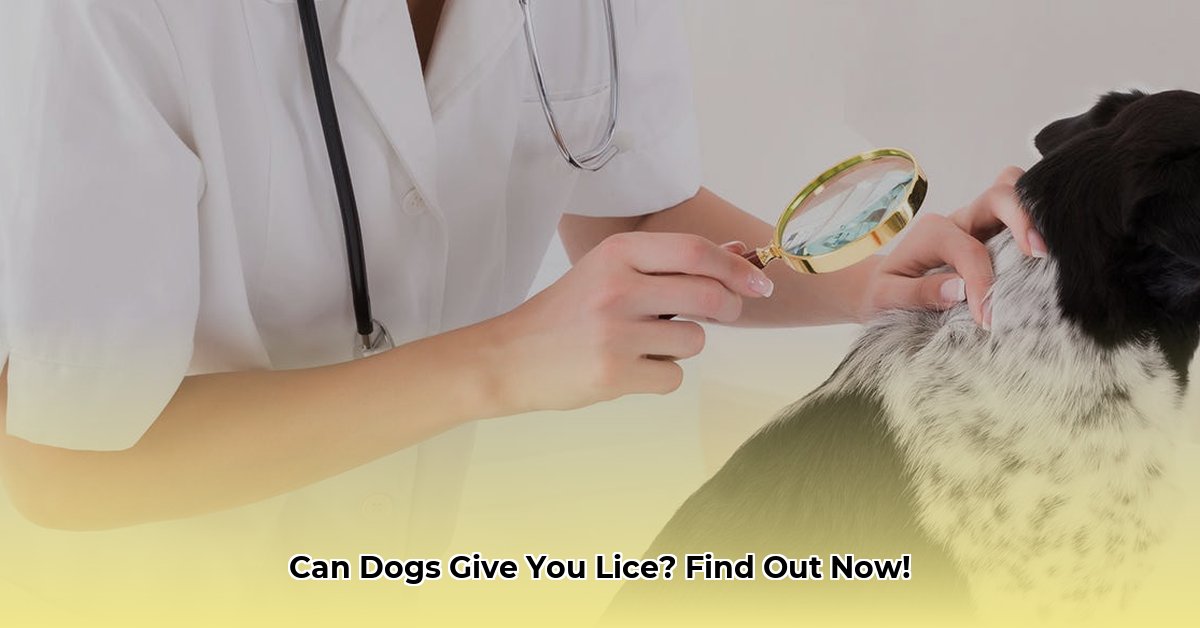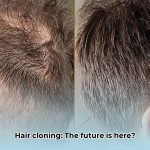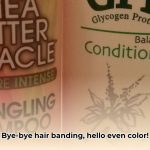No, you can’t get lice from your dog. Dog lice are species-specific, meaning they’re adapted to live on dogs and can’t survive on humans. So, breathe easy! This guide will cover everything you need to know about dog lice, from identification and treatment to prevention, so you can keep your furry friend happy and healthy.
Understanding Dog Lice
While the thought of lice might make you squirm, it’s important to understand that dog lice simply aren’t equipped to live on humans. Their claws and mouthparts are designed for dog fur, not human hair. A stray louse might briefly hop onto you, but it can’t feed or reproduce on human blood. It will likely dry up and die quickly.
Types of Dog Lice
Dogs can be infested by two types of lice:
- Chewing Lice (Trichodectes canis): These lice feed on skin debris and hair.
- Sucking Lice (Linognathus setosus): These lice feed on blood and, in severe infestations, can cause anemia, especially in puppies or dogs with longer, thicker coats, particularly in colder climates where heavier coats are more common.
Neither of these lice can infest humans.
Recognizing Lice in Dogs
So, how can you tell if your dog has lice? Look for these common signs:
- Excessive Scratching: This is often the first noticeable sign.
- Restlessness: Your dog might seem agitated and uncomfortable.
- Dull, Dry Coat: A healthy coat is shiny; a dull coat suggests a potential problem.
- Hair Loss: This can occur in areas where the lice are concentrated.
- Visible Lice or Nits: Adult lice are small, but you might see them moving in the fur. Nits (lice eggs) look like tiny, white or pearlescent specks attached to the hair shafts.
Treating Dog Lice: A Step-by-Step Guide
If you suspect your dog has lice, follow these steps:
- Consult Your Veterinarian: They can confirm the diagnosis and recommend the most appropriate treatment.
- Use Veterinarian-Prescribed Treatments: This might include medicated shampoos, sprays, or oral medications. Never use human lice products on your dog, as they can be harmful.
- Clean the Environment: Wash your dog’s bedding, blankets, and toys in hot water and dry them on high heat to kill any lingering lice or nits.
- Groom Regularly: Use a fine-toothed flea comb to remove any remaining lice or nits.
Preventing Dog Lice
Keeping your dog lice-free is easier than treating an infestation. Here’s how:
- Regular Veterinary Checkups: Early detection is key.
- Routine Grooming: Brushing and bathing help keep your dog’s coat healthy and less hospitable to lice.
- Clean Environment: Regularly cleaning your dog’s living space can help prevent infestations.
My Child Has Lice – Could it Be from the Dog?
No. Human lice and dog lice are different species. If your child has head lice, it’s from contact with another person who has lice.
Frequently Asked Questions
- Are there natural remedies for dog lice? While some natural remedies exist, their effectiveness varies. Always consult your veterinarian before trying any home remedies.
- Could my dog’s itching be caused by something other than lice? Yes. Allergies, mites, and other skin conditions can cause similar symptoms. A veterinarian can diagnose the underlying cause.
- What if the lice return after treatment? Re-infestation can happen. Your vet can help identify the cause and adjust the treatment plan.
Ongoing Research
While the information provided reflects current knowledge, research on parasites and their management is ongoing. New findings may refine our understanding and lead to improved prevention and treatment strategies.
Disclaimer
This information is for educational purposes only and is not a substitute for professional veterinary advice. Always consult your veterinarian for any concerns about your pet’s health.
- Find Your Work-Life Harmony: Quotes for a Fulfilling Life - November 18, 2025
- CRNA Work-Life Balance: Strategies for a Healthier Lifestyle - November 16, 2025
- Young Doctors Want Work-Life Balance:A Generational Shift in Healthcare - November 13, 2025
















